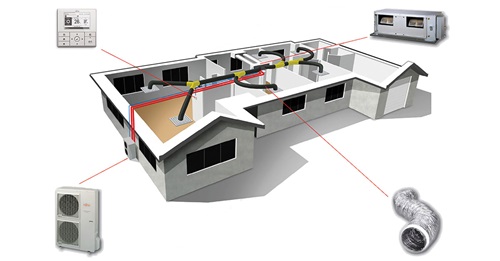What Is The Optimal Sleeping Temperature

A comfortable environment is essential for a healthy night’s sleep. Our sleep quality greatly influences our ability for the body to produce melatonin to begin entering a sleep-wake cycle. This is also known as the ‘circadian rhythm’ which is a 24-hour internal clock running in the background of the human brain, which cycles between feeling sleepy and being alert at regular intervals.
Your body’s internal temperature will begin to release warmth about the time you fall asleep and will then continue to cool down until it reaches a typically low point early in the morning, often just before sunrise. During a sleep cycle, the body’s blood vessels will expand as it begins to self-cool through the skin and you may notice select parts of your body such as hands and feet get warmer. This is how your body allows heat to escape, to help reduce core temperature.
Having an environment whereby the bedroom temperature is cooler by 1-2 degrees will help speed up the onset of sleep. Each person will have a different optimal temperature for sleeping, so it is important to experiment with the temperature levels in the room to find what is most comfortable.
As a general guide, experts from the National Sleep Foundation claim that the ideal room temperature for sleeping adults is generally between 15-22 degrees while for seniors it is around 19-21 degrees. Infants however have a little difficulty in regulating their body temperatures compared to adults but should be regularly monitored to ensure they are not too hot or too cold.
An air conditioner can assist with temperature management in the bedroom, by using timer settings. This feature allows you to control when the air conditioner is operating, and at a set temperature. You can use timers to have the system turn on at sunrise and off just after you think you will have fallen asleep to help create a comfortable room for a good night’s sleep.


.tmb-tmb420.jpg?sfvrsn=5c4be2e1_1)


